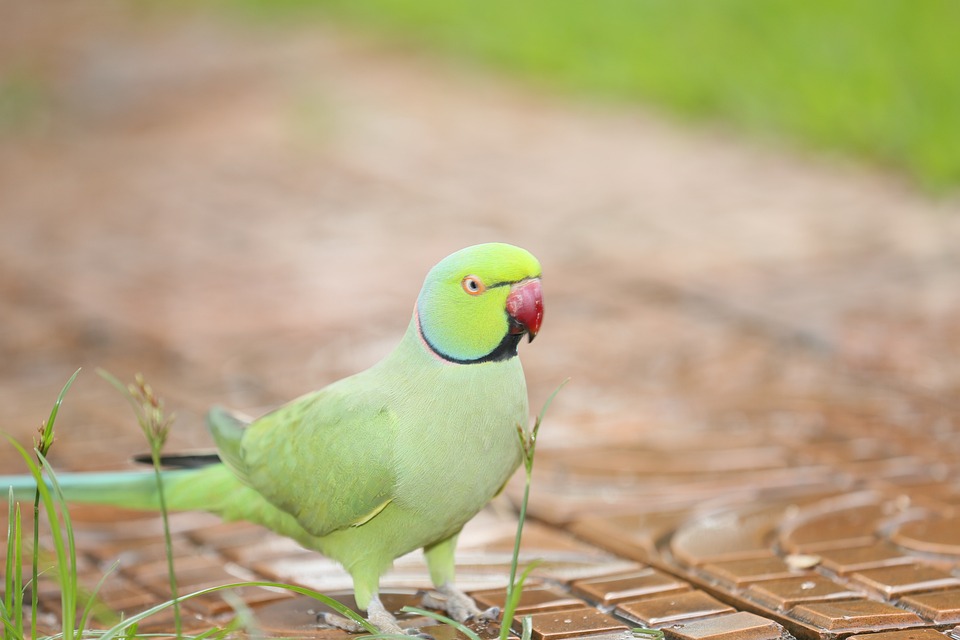Understanding Parrot Behavior: How Do Parrots Respond to Human Touch?
Parrots are known for their vibrant colors, intelligence, and ability to mimic human speech. However, understanding their behavior, especially how they respond to human touch, is crucial for maintaining a healthy and harmonious relationship with these beautiful creatures. In this article, we will delve into the intricacies of parrot behavior and explore the various ways they react to human touch. So, let’s embark on this fascinating journey!
The Importance of Understanding Parrot Behavior
Before we dive into the specifics of parrot behavior, it is essential to recognize why understanding their behavior is vital. Parrots are highly social creatures with complex emotional needs. By comprehending their behavior, we can provide them with a nurturing environment that promotes their well-being and helps them thrive in captivity.
Physical Responses to Human Touch
Parrots have a unique way of responding to human touch, often with varying degrees of tolerance or aversion. Here are some common physical responses you may observe when interacting with your parrot:
1. Feather Ruffling: Feather ruffling is a common reaction when a parrot is touched gently. It is their way of showing contentment and relaxation. However, it’s important to note that excessive feather ruffling or plucking can be a sign of stress or discomfort.
2. Head Bobbing: Parrots may exhibit head bobbing when touched or during interactions. This rhythmic motion is often associated with excitement or anticipation, indicating that your parrot is engaging positively with the touch stimulus.
3. Beak Grinding: Beak grinding is a behavior parrots display when they are relaxed, comfortable, and content. It is often accompanied by purring sounds and indicates that your parrot feels secure and at ease with your touch.
4. Body Language: Paying attention to your parrot’s body language is crucial when interacting with them. Positive responses include relaxed posture, fluffed feathers, and dilated pupils. Conversely, signs of discomfort may include raised feathers, a stiff body, or attempts to move away.
Factors Influencing Parrot’s Response to Human Touch
Several factors can influence how parrots respond to human touch. Understanding these factors can help you establish a positive and trust-based relationship with your feathered companion:
1. Individual Personality: Just like humans, parrots have distinct personalities. Some may be more receptive to touch, while others may prefer minimal contact. Recognizing and respecting your parrot’s individuality is key to fostering a healthy bond.
2. Past Experiences: Parrots with negative experiences related to touch may exhibit fear or aggression when touched. It is essential to approach these parrots with patience, respect their boundaries, and gradually build trust through positive reinforcement.
3. Species Differences: Different parrot species have varying tolerances for touch. While some species may enjoy extensive physical interactions, others may prefer limited or specific forms of touch. Researching your parrot’s species-specific behavior will help you tailor your approach accordingly.
Frequently Asked Questions (FAQs)
1. Can I touch my parrot anywhere on their body?
While parrots generally enjoy being gently stroked on their head, neck, and back, it’s important to pay attention to their body language. Avoid touching sensitive areas, such as their wings or tail, without proper training and understanding of your parrot’s preferences.
2. Why does my parrot sometimes bite when touched?
Parrots may bite when touched if they feel threatened, stressed, or uncomfortable. It’s crucial to respect their boundaries and observe their body language to prevent such instances. Proper training, positive reinforcement, and building trust can help minimize biting behaviors.
3. How can I build trust with my parrot to improve their response to touch?
Building trust with your parrot requires patience, consistency, and positive reinforcement. Spend quality time talking, offering treats, and engaging in activities they enjoy. Gradually introduce touch by starting with areas they feel comfortable with, and always respect their boundaries.
4. Should I avoid touching my parrot altogether if they seem disinterested or uncomfortable?
If your parrot appears disinterested or uncomfortable with touch, it is crucial to respect their boundaries. Focus on building trust through other forms of interaction, such as talking or offering enrichment activities. Over time, your parrot may become more receptive to touch.
Remember, every parrot is unique, and understanding their behavior requires attentiveness and patience. By respecting their individuality and providing a nurturing environment, you can build a strong bond with your parrot based on trust and mutual respect.
Sources:
– https://www.thesprucepets.com/parrot-behavior-390619
– https://lafeber.com/pet-birds/stress-in-pet-birds/
Disclaimer: The information provided in this article is for educational purposes only and does not substitute professional advice. Always consult with a qualified avian veterinarian or behaviorist for specific concerns regarding your parrot’s behavior.









